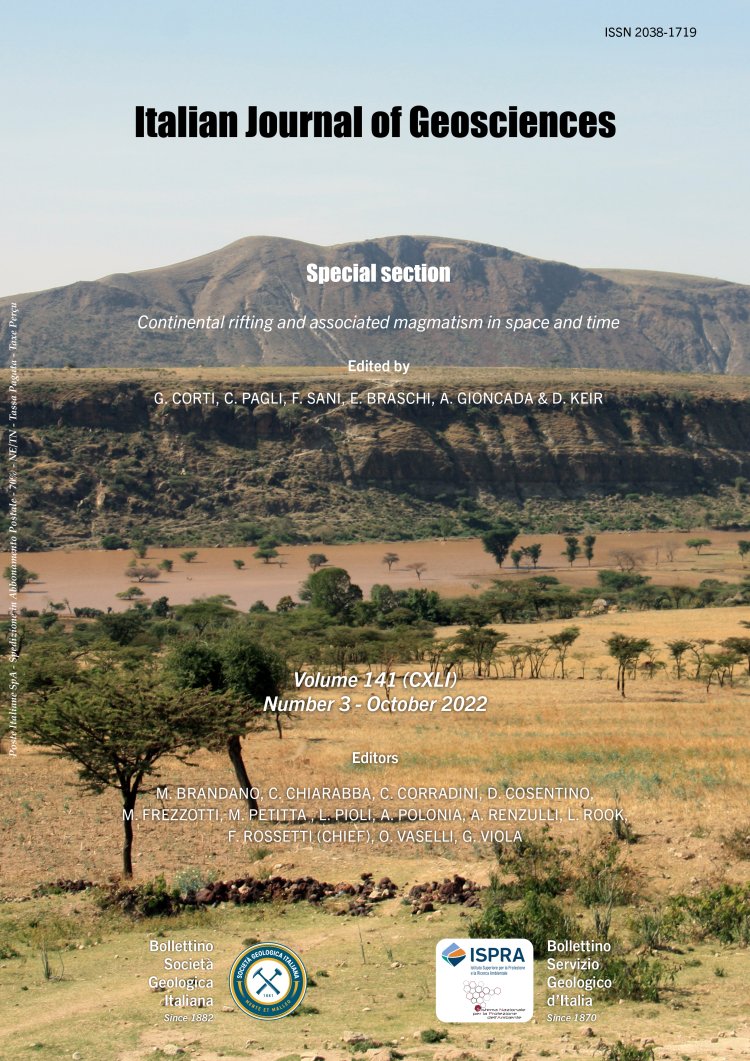
Redefinition of the genera Opissaster Pomel, 1883 and Gregoryaster Lambert, 1907 (Order Spatangoida, Suborder Paleopneustina, Family Schizasteridae), from the Oligo-Miocene of Malta, Algeria and Sardinia
Paolo Stara1, Andrea Mancosu2, Michael Gatt3 & Mohamed Belkercha4
1Centro Studi di Storia Naturale del Mediterraneo, c/o Geomuseo Monte Arci, Via S. Francesco, Masullas, Oristano, Italy.
2Dipartimento di Scienze Chimiche e Geologiche, Università degli studi di Cagliari, Italy.
3‘‘Cidaris’’, 18, Hal-Bajjada Street, Rabat RBT2030, Malta.
4Département Des Sciences de la Terre et de l’univers Université Hassiba Benbouali de Chlef. Faculté de génie Civil et d’Architecture Pôle Universitaire Ouled Fares Chlef, Algérie.
Corresponding author e-mail: paolostara@yahoo.it
Volume: 141 (2022) f.3
Pages: 426-448
Abstract
The extinct spatangoid echinoids Opissaster and Gregoryaster are apparently closely related on the basis of their overall morphology. However, the diagnostic features of these echinoids are uncertain and their systematic position has long been debated.
They are distinguished mainly by the position of the apical system, the path of the peripetalous fasciole in the anterior ambulacra and the ratio between the length of anterior and posterior paired petals. However, other diagnostic features, including the arrangement of the oral test plates, have not been considered so far.
The present work focuses on a revision of both genera based on the examination of the type species and of additional new material from various localities of the Oligocene and the Miocene of Malta, and the Miocene of Sardinia and Algeria.
In addition to the morphological features commonly used, different aspects of the plating of some species belonging to the genera Opissater and Gregoryaster have been compared, highlighting the structural differences existing between them as we explain below.
Both genera have an ethmolytic apical disc with 4 genital pores, consistently. Gregoryaster differs from Opissaster in shape and length of the labrum, which is in contact with two ambulacral plates, instead of one, along with in the course of the peripetalous fasciole in anterior interambulacra (2 and 3), and in having a vertically-elongated periproct. The ratio between the length of anterior and posterior paired petals seems unreliable for distinction at genus level. Specimens from the Lower Miocene of Sardinia, previously attributed to Gregoryaster coranguinum, are herein reassigned to a new species, Gregoryaster cabiddui sp. nov.
Both genera are placed within the Family Schizasteridae, although this placement remains dubious for Gregoryaster.
Keywords
Get Full Text